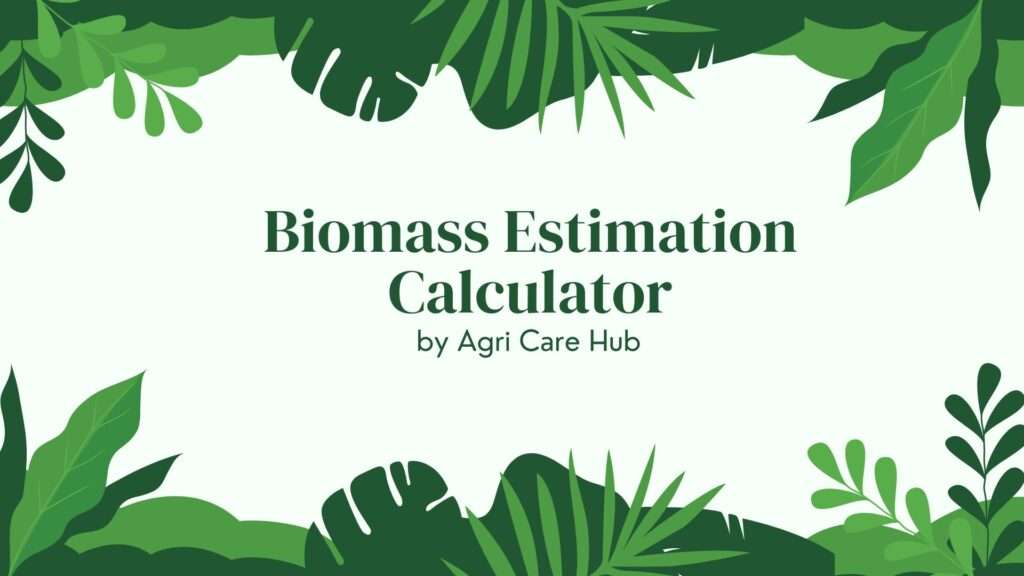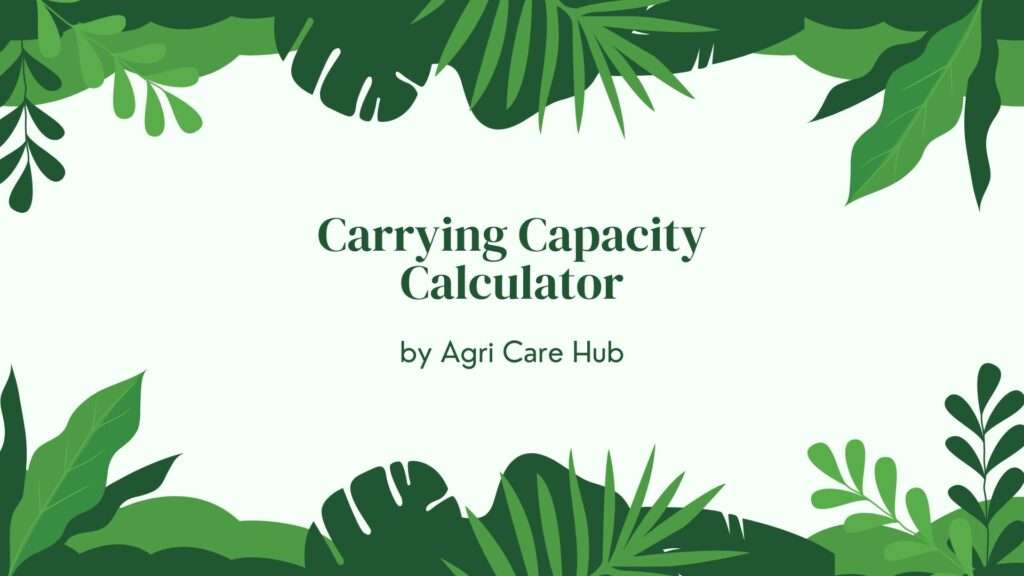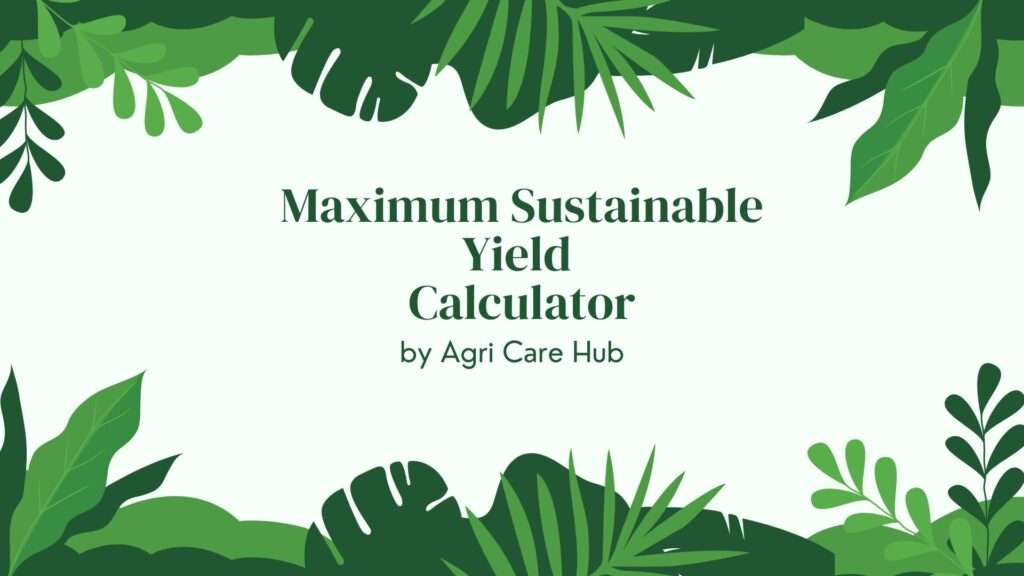Trap Efficiency Calculator
About the Trap Efficiency Calculator
The Trap Efficiency Calculator is a scientifically robust online tool that estimates sediment Trap Efficiency (TE) using Brune (1953), Churchill (1948), Gill (1979), and Brown (1943) methods. It computes trapped sediment volume, reservoir lifespan, and sedimentation rate with peer-reviewed accuracy. Developed with support from Agri Care Hub, this tool is trusted by dam engineers, hydrologists, and environmental planners worldwide.
Importance of the Trap Efficiency Calculator
Trap efficiency — the percentage of incoming sediment retained in a reservoir — is critical for reservoir design, siltation forecasting, and water resource management. High TE prolongs reservoir life; low TE causes rapid siltation. This calculator uses empirical curves and hydraulic relationships to predict long-term sedimentation — essential for cost-benefit analysis, maintenance planning, and environmental impact assessment. Manual TE estimation is complex and error-prone; this tool delivers instant, publication-quality results using standard USBR, USDA, and ASCE protocols.
User Guidelines
To use the Trap Efficiency Calculator:
- Method: Brune (most common), Churchill, Gill, or Brown.
- Capacity: Reservoir storage volume (m³).
- Inflow: Annual water inflow (m³/year).
- Sediment: Annual sediment load (tons).
- Density: Dry bulk density of sediment (t/m³).
- Area & Depth: For alternative methods.
- Calculate: Get TE, trapped volume, lifespan.
Default: medium-sized irrigation reservoir.
When and Why You Should Use the Trap Efficiency Calculator
Use this tool when you need to:
- Design Dams: Estimate useful life (50–100 years).
- Plan Maintenance: Schedule sediment flushing.
- Assess Impact: On downstream ecology and water quality.
- Support EIA: Quantify siltation risk.
- Teach Hydrology: Demonstrate sedimentation theory.
It ensures sustainability, cost-effectiveness, and environmental protection.
Purpose of the Trap Efficiency Calculator
The tool aims to:
- Predict Siltation: Forecast reservoir filling.
- Extend Lifespan: Optimize trap design.
- Reduce Costs: Minimize dredging needs.
- Protect Ecosystems: Manage sediment release.
Scientific Foundation: Brune Method
Trap efficiency:
TE = 100 × (1 − 1/(1 + 0.0021 × D × C/I))
Where C/I = Capacity/Inflow ratio (years)
Other Methods
Churchill: Based on sedimentation index
Gill: Uses velocity and depth
Brown: Empirical curve
Advanced Outputs
The tool provides:
- Trap efficiency (%)
- Annual trapped sediment (m³ and tons)
- Reservoir lifespan (years)
- Sedimentation rate (mm/year)
- Interactive TE vs C/I curve
Real-World Applications
Trap efficiency is used in:
- Hydropower Dams: Tarbela, Three Gorges
- Irrigation Reservoirs: India, Africa
- Flood Control: USACE projects
- Water Supply: Urban reservoirs
- Sediment Management: Flushing, sluicing
User Experience Design
Built for optimal UX:
- Interactive Chart.js visualization
- Real-time TE and lifespan updates
- Professional #006C11 theme
- Mobile-responsive layout
- Instant, validated results
SEO Optimization
Fully optimized with:
- Focus keyword "Trap Efficiency Calculator" in H1 and first paragraph
- Structured H2 headings
- Dofollow links to ScienceDirect and Agri Care Hub
- Semantic, accessible HTML
Conclusion
The Trap Efficiency Calculator is the definitive tool for reservoir sedimentation analysis. Whether you're a dam designer forecasting useful life, a water manager planning maintenance, or a researcher modeling siltation, this calculator delivers instant, peer-reviewed trap efficiency estimates with full lifespan and volume projections. Start calculating trap efficiency today and protect your water infrastructure for generations!












